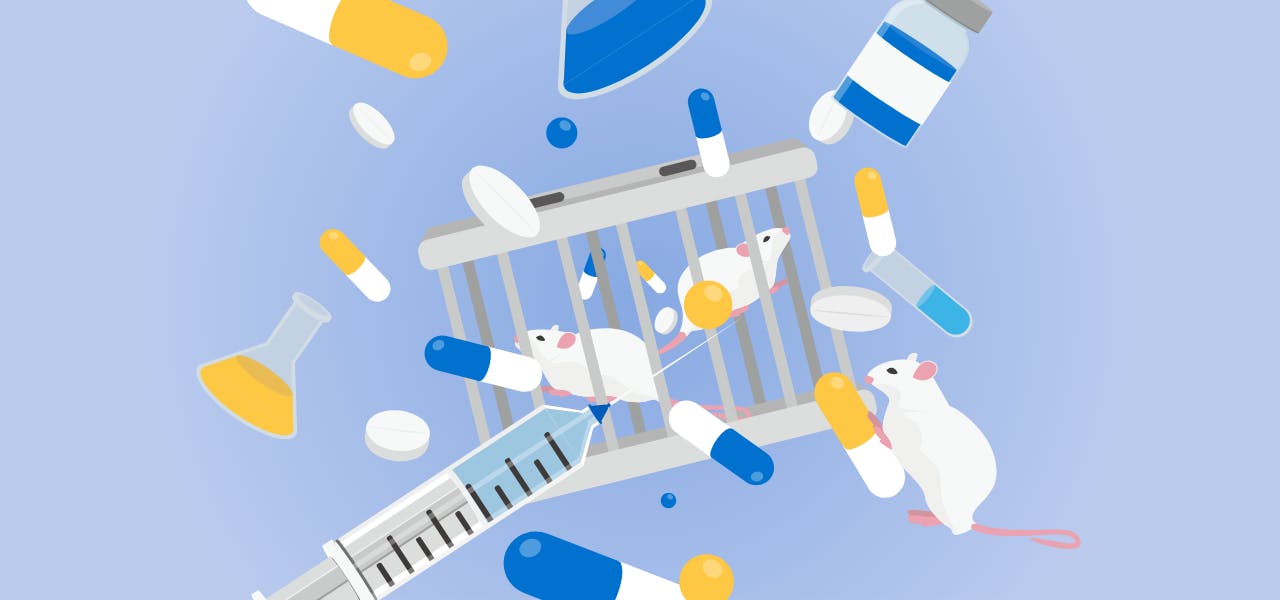Research is a comprehensive word for an extremely massive variety of topics. For the most part, these projects are encouraged as a means of furthering knowledge and advancing science, but there are some hot-button topics that researchers must be very cautious when they delve into.
Right behind any project that involves human participation is that of animal research. Both of these are controversial subjects that require scholars, funders, and anyone involved in them to follow comprehensive guidelines. The importance of compliance with living creature research can’t be overlooked.When it comes to working with animals, you need to make sure you cover all your bases if you want to get your work published and avoid receiving significant fines and punishments.
The Origins of Animal Regulations in Research
Researchers must abide by all government and institution-imposed animal testing regulations. These are laws or guidelines that are put in place in order to control how non-human animals are used in scientific experiments. There is no universal law that is followed when it comes to what is permissible and what is forbidden; however, most governments follow similar regulations.
For instance, there is usually a limit on how many times one animal can be used in an experiment to avoid traumatizing or hurting them. There’s also a limit on how many of each type of animal can be used in an experiment and a regulation regarding pain levels that are allowed to be included if an animal is involved in the study without anesthesia.
Animal rights typically include all vertebrate animals, and the history of how experiments are regulated has evolved over the centuries. Up through the 20th century, the main concerns were simply to avoid unnecessary cruelty to animals. But since the Animal Welfare Act of 1966, this changed. The 1966 act gave a basic attempt to regulate the research, but it wasn’t enough. Since then, amendments starting in 1985 began to focus on cruelty and ethical treatment.
Some of the Most Common Compliance Guidelines
Since the Animal Welfare Act was established and subsequently amended, organizations like the Animal and Plant Health Inspection Service (APHIS) and the Animal Welfare Information Center have been put in place to monitor researchers’ compliance with these regulations and provide resources to help them come up with alternatives to experiments that don’t meet the standards.
Some common guidelines include the regulation of any research facility in the United States ensuring they register with the USDA if they are using a protected species. They must also establish an Institutional Animal Care and Use Committee (IACUC) in which all of their live, warm-blooded animal procedures must have the protocols approved.
One of the biggest advancements in animal rights was the federal adoption of the Public Health Service Policy on Humane Care and Use of Laboratory Animals. This law was based on the Health Research Extension Act from 1985 and it stipulates that any research facility receiving funding from the Public Health Service (PHS) would have to comply with the Guide for the Care and Use of Laboratory Animals. Most universities and colleges that work within the realm of animal research do receive PHS funding, so this law applies to the majority of these facilities. They have to maintain an IACUC actively and adopt certain accreditations.
The Limits of Current Guidelines
Currently, the Animal Welfare Act covers most vertebral animals by applying the basic standards of care for them, but there are still a lot of missing pieces. For one thing, almost all scientific animals that are experimented on include rats, mice, and birds, and these animals have no specific protection in place for them.
Many organizations have stepped in to lobby for legislation to protect the animals from harm when they’re used in research. The ultimate aim would be to always use non-animal testing in research methodologies, or to find more humane methods of experiments.
Any proposed changes in the legislation that reflect upon animal protection laws are analyzed and the members of the organizations attempt to contact the legislators to lobby for changes that benefit animals. When the government regulations in charge of implementing and following fair laws for animals fail, these organizations step in to question the choices made.
There are some instances when animal research is the best way to perform a study. In these cases, it’s essential that the welfare of the animals is protected and the actual use is minimized. In the meantime, if you must engage in animal research, you need to double and triple-check that you are abiding by the guidelines.
